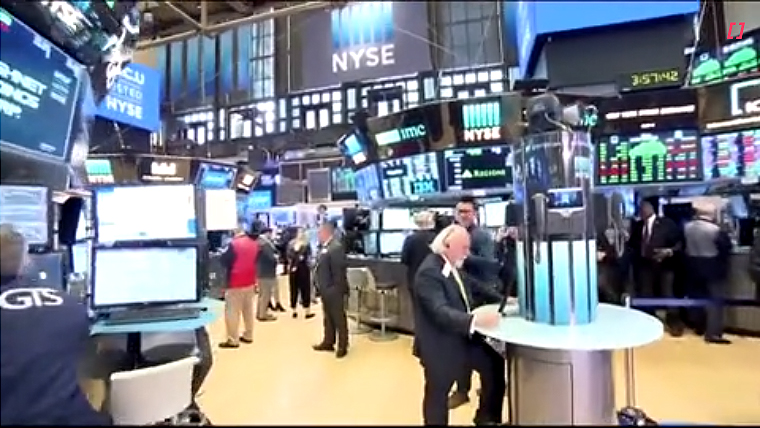
US equities traded higher despite data which showed US wholesale inflation picked up in August. The S&P is up 0.7% while the Euro Stoxx closed more than 1% higher following a 25bp rate cut by the European Central Bank (ECB). Treasuries moved higher in yield and the US dollar was generally weaker. Oil prices gained almost 2% after a storm disrupted production in the Gulf of Mexico. Brent crude has rebounded above US$72 per barrel. Gold prices hit an all-time high above US$2550 per troy ounce.
US core PPI increased by 0.3% last month, ahead of the consensus estimate of 0.2%, while the annual core reading rose to 2.4%, which was in line with expectations. This was a similar patter to the CPI data released earlier in the week with a marginally higher than expected monthly core reading. Any market reaction to the PPI data was tempered by downward revisions to the previous month.
With inputs from the CPI and PPI data now available, estimates for the core PCE deflator, which is the Fed’s preferred inflation measure and is released at the end of the month, are settling around 0.15%. Separately initial jobless claims edged higher to 230k.
The ECB cut interest rates by 25bps to 3.5%, which was in line with expectations, and the second adjustment in the easing cycle which began in June. The decision was accompanied by slight downward revisions to its growth projections and the bank’s outlook for core inflation was increased marginally.
The ECB reaffirmed it wouldn’t commit to a particular path for further rate cuts with President Lagarde saying the bank will remain data dependent and that a declining path is not predetermined. The market trimmed expectations for easing by December to around 40bps from nearly 47bps ahead of the meeting. European bonds moved higher in yield led by the front end of the curve. 2-year bunds closed 7bps higher at 2.21% while 10-year yields increased 4bps to 2.14%.
US treasury yields dipped initially before moving modestly higher. 2-year yields are little changed at 3.65% while 10-year treasuries are 3bps higher in yield at 3.69%. The US$22 billion 30-year bond auction tailed by ~1.5bps contrasting with the strong demand seen in the 10-year auction earlier in the week.
The US dollar is broadly weaker against G10 currencies. The euro is close to 0.4% higher against the dollar in the aftermath of the ECB policy decision. NZD/USD traded higher in line with the softer US dollar backdrop and is stable on the major cross rates.
NZ fixed income yields ended little changed in the local session yesterday. There was limited market reaction to monthly inflation partials. Selected price indicators for August were largely consistent with our Q3 forecast for 2.2% annual headline inflation. 10-year government bonds closed unchanged at 4.15% just above the August low.
There was decent investor demand in the weekly government bond tender with NZ$1.5 billion of bids for the NZ$500 million of bonds offered. The recent cheapening of bonds on asset swap – 10-years ASW are at multi-year highs - likely contributed to demand. All lines cleared at or below the prevailing market levels with notable demand for the longer May 35 and Apr-37 lines.
Australian 10-year government bond futures are little changed since the local close yesterday, suggesting a limited directional bias for NZ yields on the open.
The NZ manufacturing PMI is released today. There was a modest recovery to 44.0 in July, albeit with the index remaining below 50, and having been in contractionary territory since February last year. Later this evening, University of Michigan consumer sentiment data is expected to show an increase from August levels, given the impact of lower energy costs, and the rebound in equities from the early August dip. Monthly activity data covering retail sales and industrial production alongside fixed asset investment for China will be released on Saturday.





We welcome your comments below. If you are not already registered, please register to comment.
Remember we welcome robust, respectful and insightful debate. We don't welcome abusive or defamatory comments and will de-register those repeatedly making such comments. Our current comment policy is here.